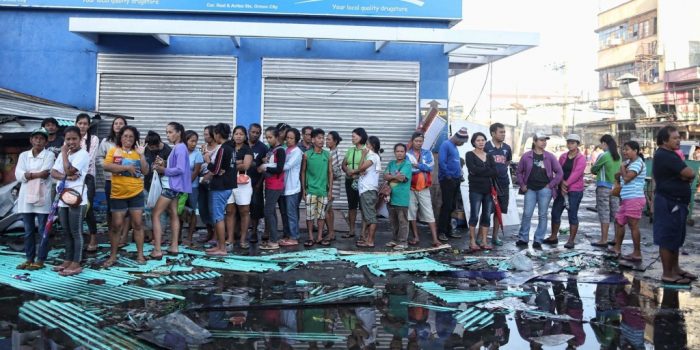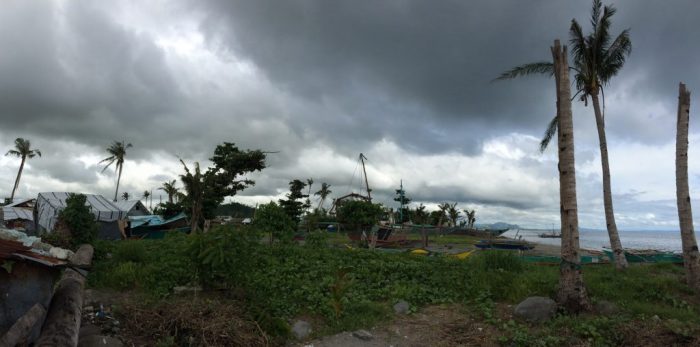Haiyan Recovery Still Has Long Road Ahead
It has been almost seven months since Typoon Haiyan (locally known as Yolanda) crashed across the islands of the Philippines. We know the facts and the statistics here – The storm was a category 5, with wind gusts up to 235 miles per hour, causing massive landslides and flooding. The storm caused 6,201 deaths, injured […]

It has been almost seven months since Typhoon Haiyan (locally known as Yolanda) crashed across the islands of the Philippines. We know the facts and the statistics here – The storm was a category 5, with wind gusts up to 235 miles per hour, causing massive landslides and flooding. The storm caused 6,201 deaths, injured at least 27,665, and destroyed more than 1 million homes. According to the Government of the Philippines, at least 1,785 are still categorized as missing. Four million people were displaced – to put this figure into perspective – that is the equivalent of the entire Los Angeles metro area. Can you imagine if all of L.A. – the second largest city in the United States – was forced from their homes?
In terms of the response effort, we know from sources on the ground (UN, governmental, and NGO) that emergency assistance is still required, particularly in the areas of food, clean water, shelter, and basic healthcare. We see three considerable gaps:
- Significant efforts need to be made to rebuild livelihoods, particularly in fisheries and agriculture. Complete recovery in this area could take eight to ten years.
- Work continues to rebuild healthcare clinics and replace medical equipment and supplies destroyed by the storm. There are still numerous large emergency tents being used by as clinics. Reports indicate that 70,000 women will give birth in Haiyan-affected areas in the next 6 months.
- The need for housing is likely to become increasingly challenging. Approximately one-third of those affected by the storm remain in emergency shelters or tents.
Despite these tremendous needs, we do know that progress is being made and that recovery is underway.
The Government of the Philippines has launched an $8.2 billion, 4-year plan focused on rebuilding areas destroyed by the storm and developing resilience and mitigation measures for future disasters. The United Nations Consolidated Appeals Process – comprised of UN actors and NGOs, was launched in the storm’s wake to support recovery efforts. The plan sought $788 million; by this April, only 42 percent of the plan has been funded.
When the CDP team started tracking the storm in advance of its’ landing, we quickly identified three assets working in Yolanda-affected Philippines. First, the Government of the Philippines has a strong national disaster management structure (not perfect, but still strong); second, there is a strong international non-governmental organization infrastructure (you only have to look at our partner InterAction to see the list of very strong organizations involved in relief & development work in the Philippines); and, third the country has well-developed disaster preparedness mechanisms in place (again, not perfect, but well-developed).
Through the determination of an active committee, the CDP Typhoon Haiyan Recovery Fund will focus its efforts on maternal health, funding programs and projects aimed at ensuring the safe birth and delivery of Haiyan-affected women and their newborns. We’ve reached out to a small number of organizations actively working in the Philippines to meet maternal health needs and we are looking forward to awarding a set of grants in late June. Please watch this space in the weeks to come for more!
More like this
A letter to funders considering support of Typhoon Haiyan: This is a sprint, a marathon, and a decathlon.

